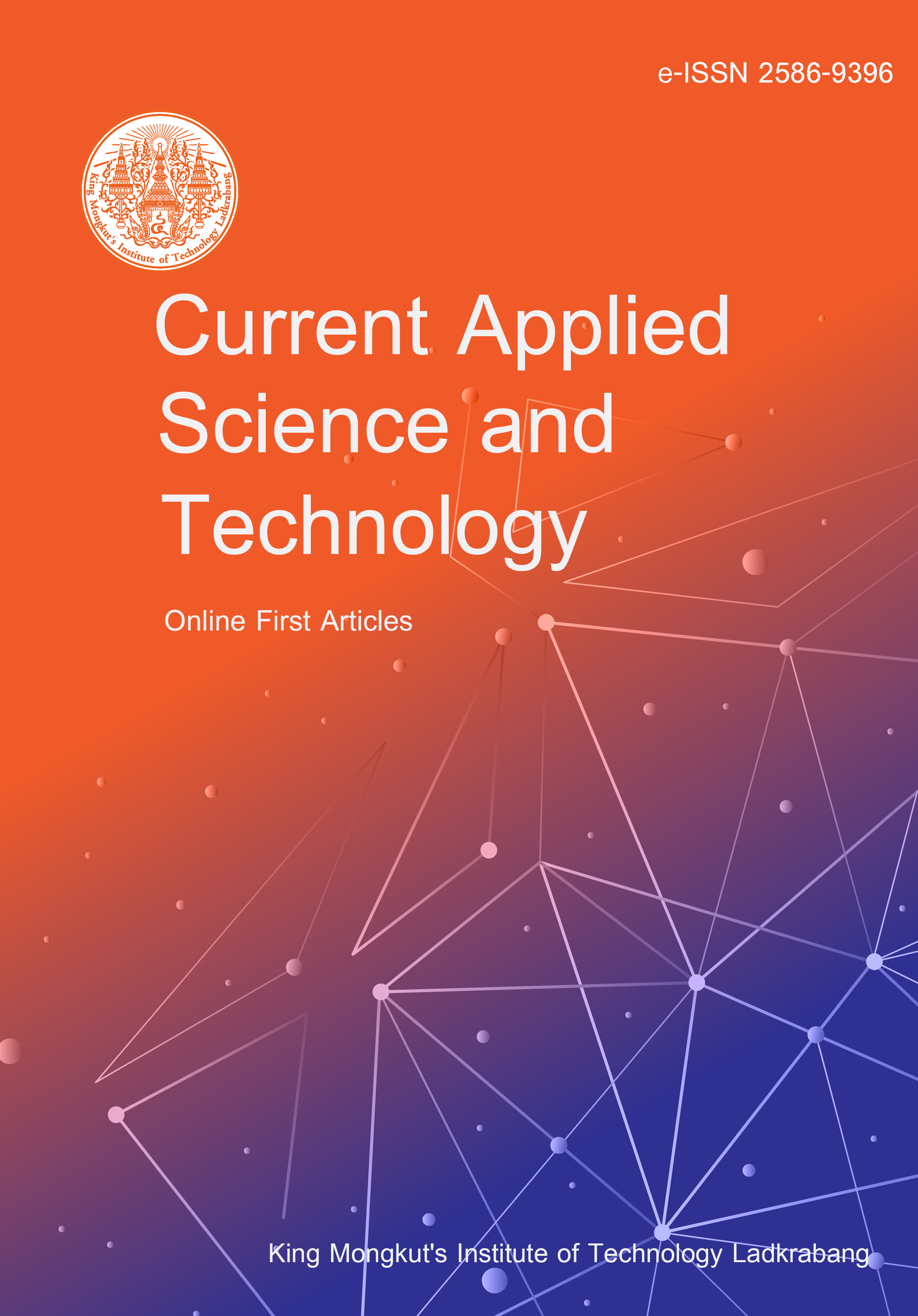The effects of dietary protein levels on flesh quality of Nile tilapia cultured in a biofloc system were investigated after an 8-week feeding trial. The experimental design was a completely randomized design (CRD) with 3 treatments and 3 replicates. The fish (initial average weight of 30.70±0.70 g) were fed diets with 32% (32%CP-BFT), 30% (30%CP-BFT) and 28% (28%CP-BFT) crude protein and raised in a biofloc system. The results showed that biofloc particles in the 32%CP-BFT treatment had a higher protein content than those in other treatments, which corresponded with protein accumulation in the whole body of fish (p≤0.05). However, no differences were found in the protein accumulated in fillets (p>0.05). The fillet color analysis showed that the 32%CP-BFT treatment had the lowest yellowness values, but no significant differences were found between treatments for brightness, redness, and whiteness index (p>0.05). Water holding capacity showed no significant differences in drip loss, thawing loss, and grilling loss (p>0.05). However, the 32%CP-BFT treatment showed the highest boiling loss (p≤0.05). Texture analysis showed that the 32%CP-BFT treatment had the highest springiness and hardness (p≤0.05), while the pH values showed no significant differences (p>0.05). The analysis of thiobarbituric acid reactive substances (TBARS) in the fillets stored under chilling conditions showed increasing TBARS values with longer storage duration, with no significant differences among treatments (p>0.05).
Kattakdad, S. ., Udduang, S. undefined. ., Kasamawut, K. undefined. ., Muangmala, W. undefined. ., Phakawan, J. undefined. ., & Phungam, N. undefined. . (2025). Flesh Quality of Nile Tilapia (Oreochromis niloticus) Cultured in Biofloc System with Different Dietary Protein Levels. CURRENT APPLIED SCIENCE AND TECHNOLOGY, e0265396. https://doi.org/10.55003/cast.2025.265396

